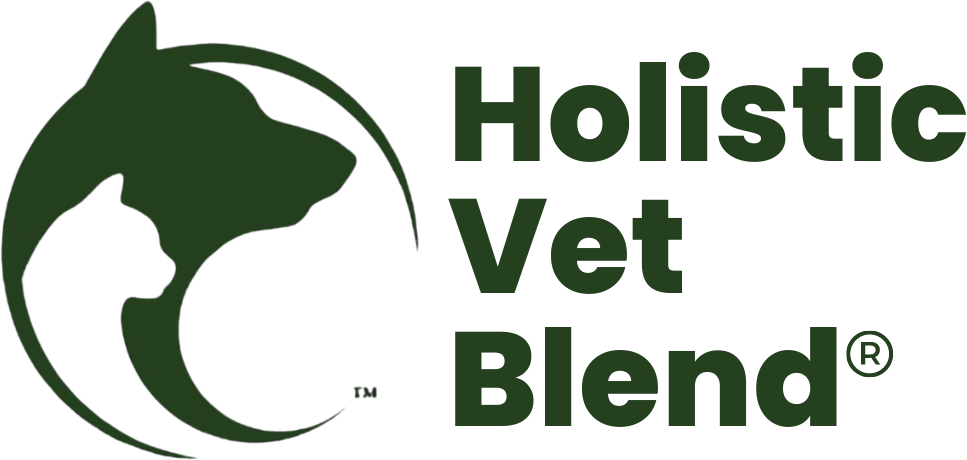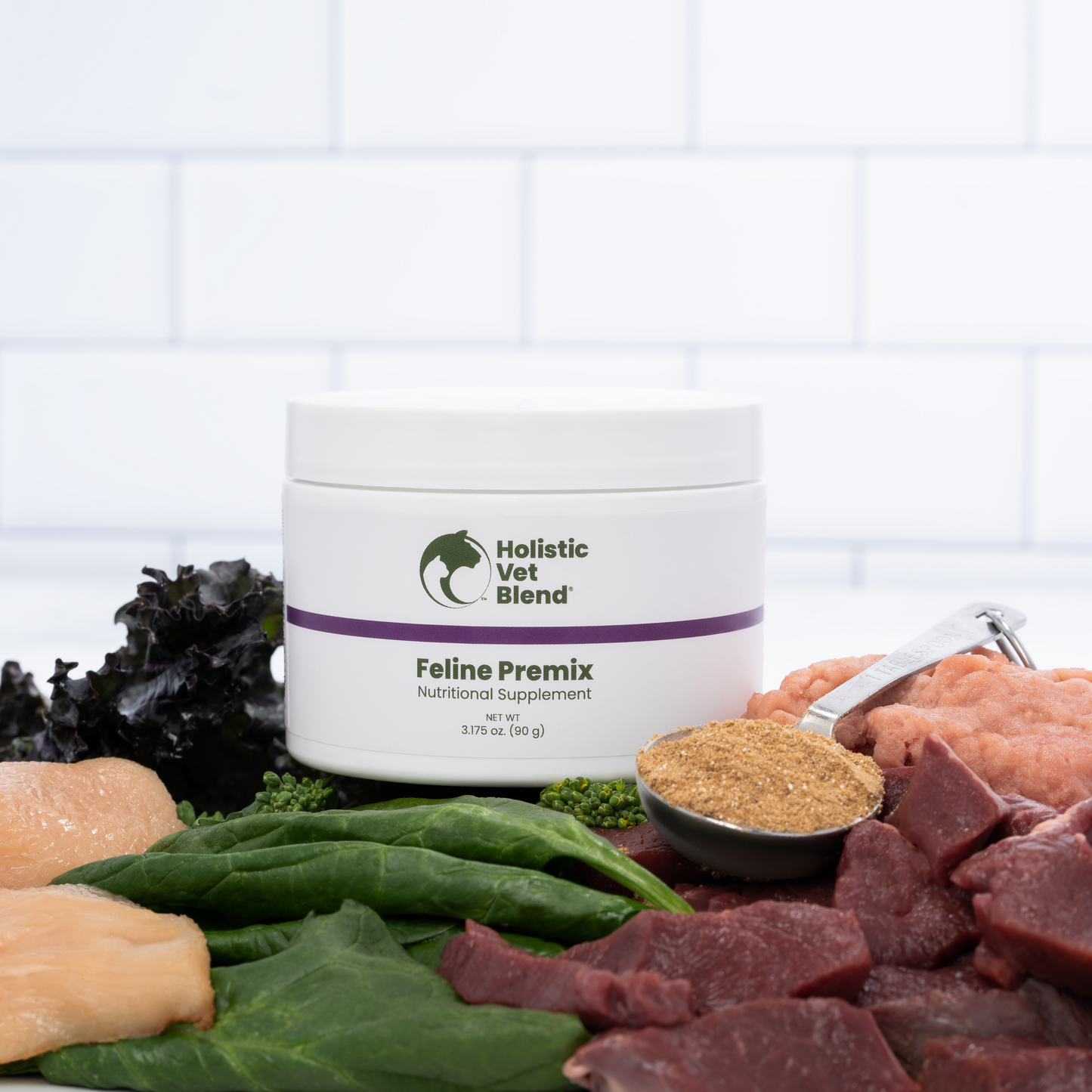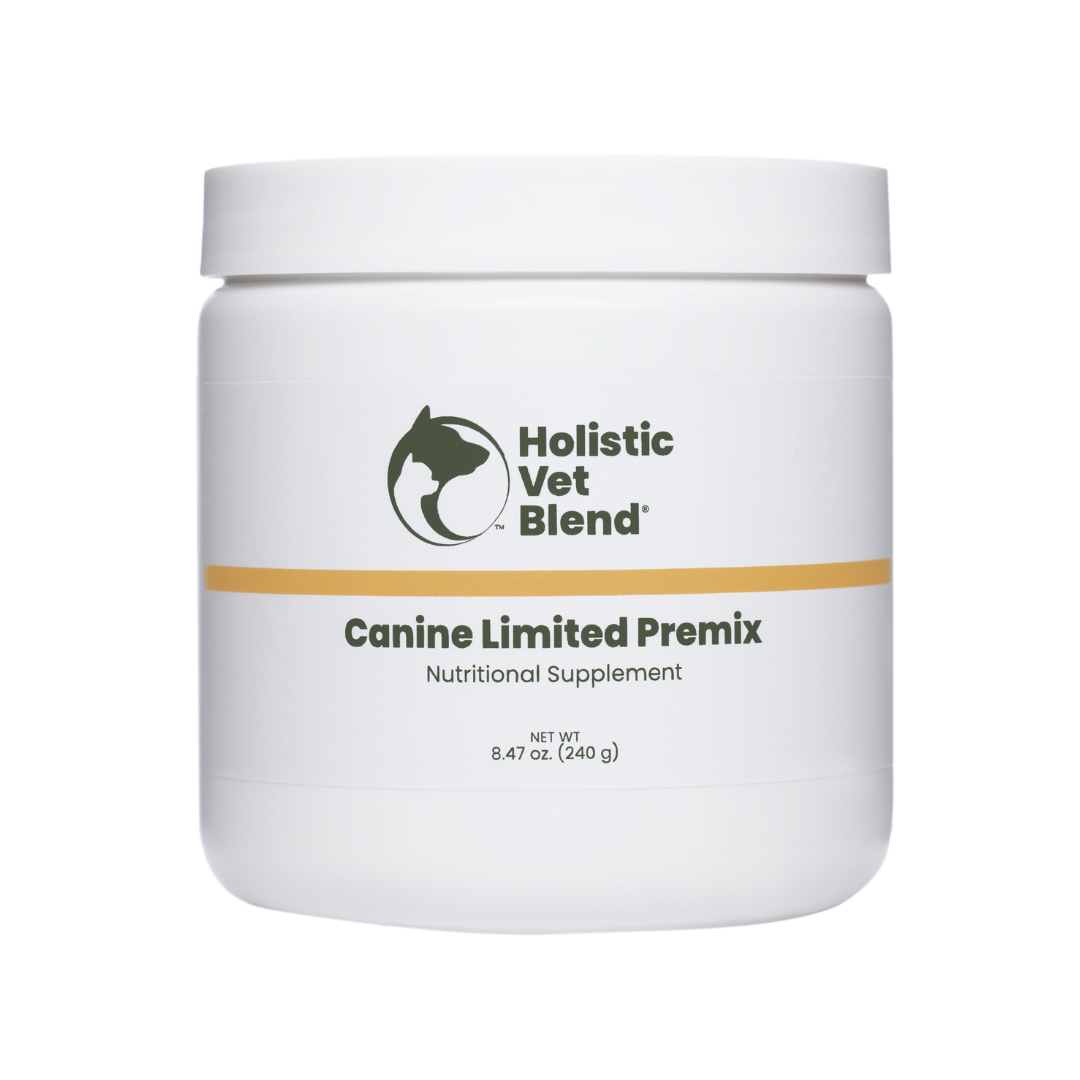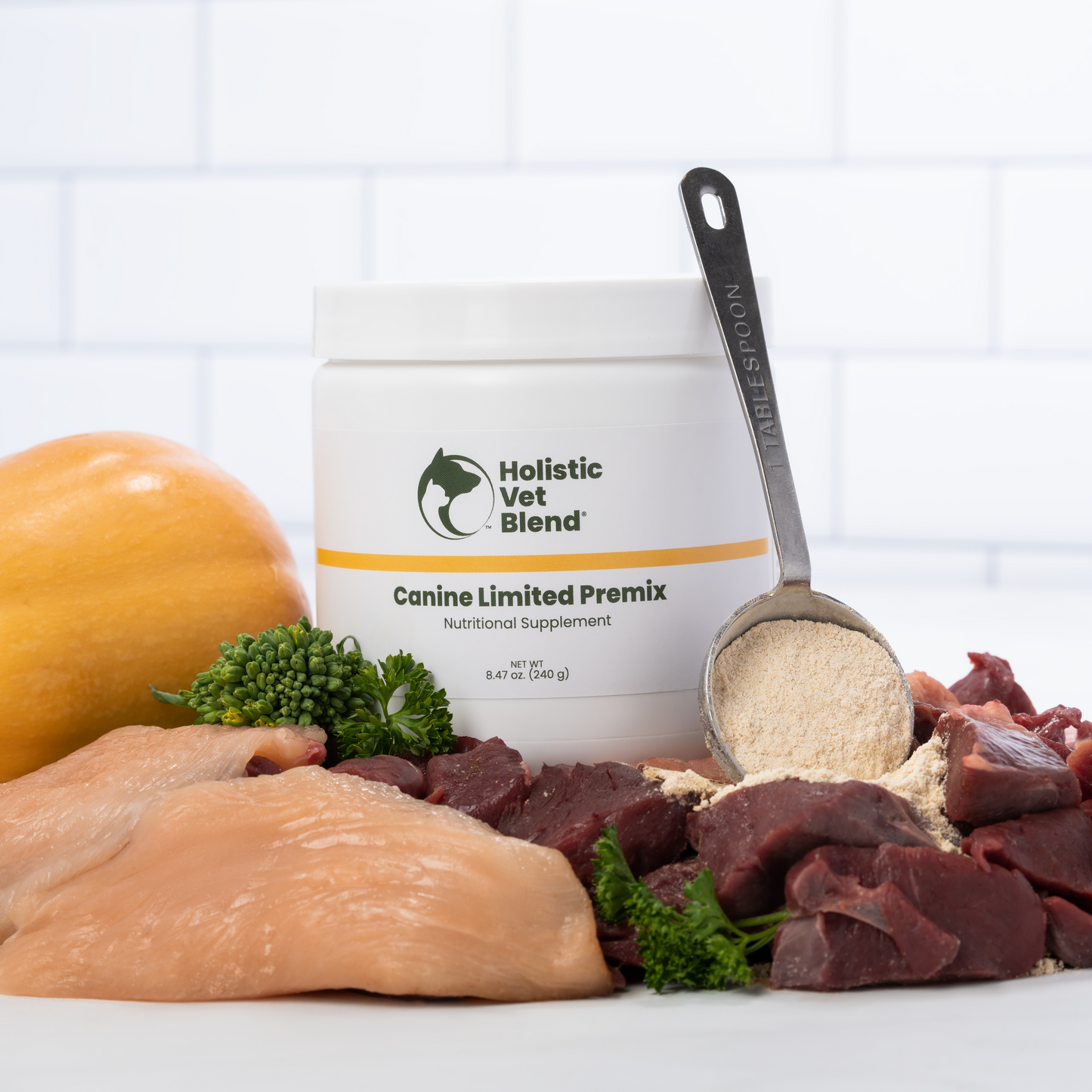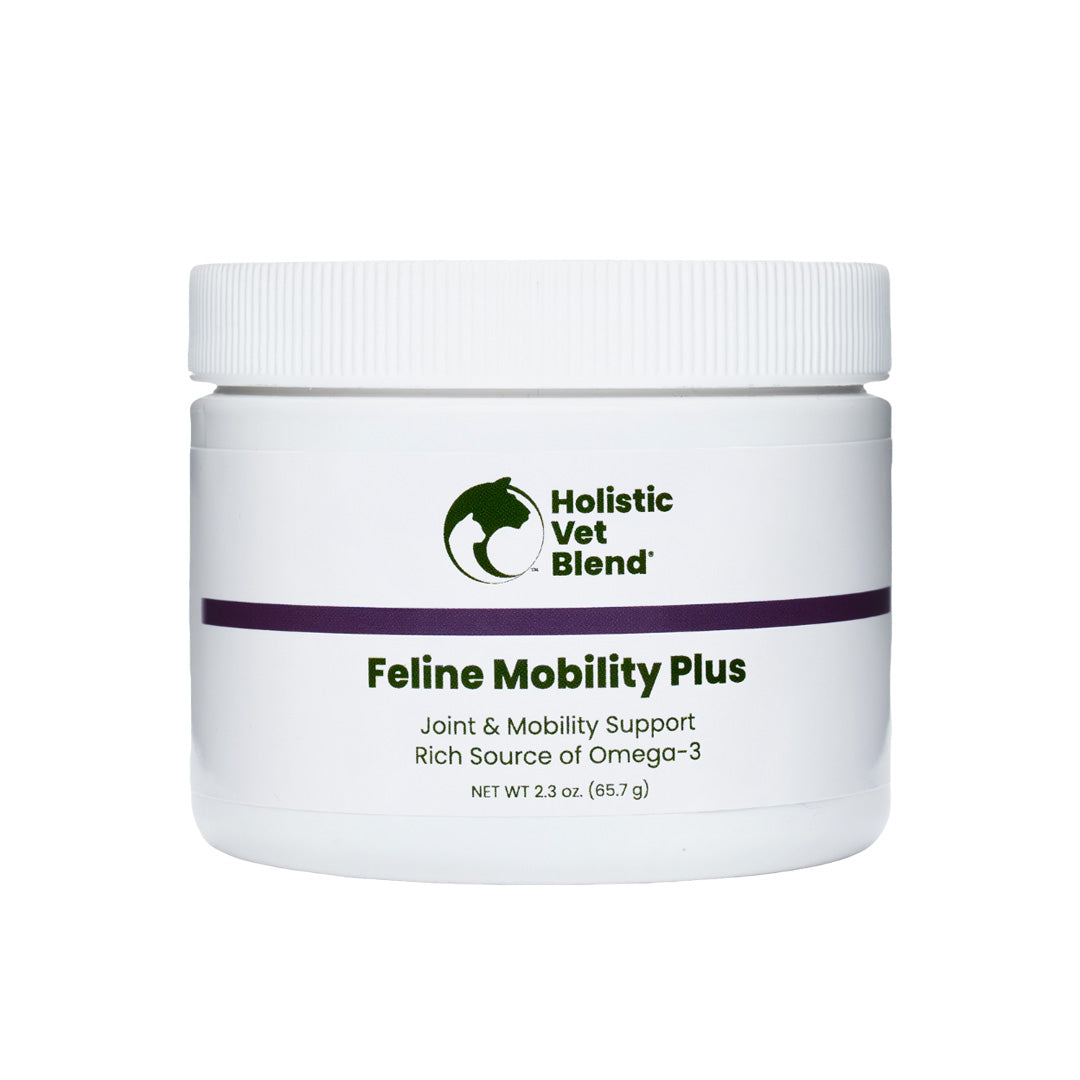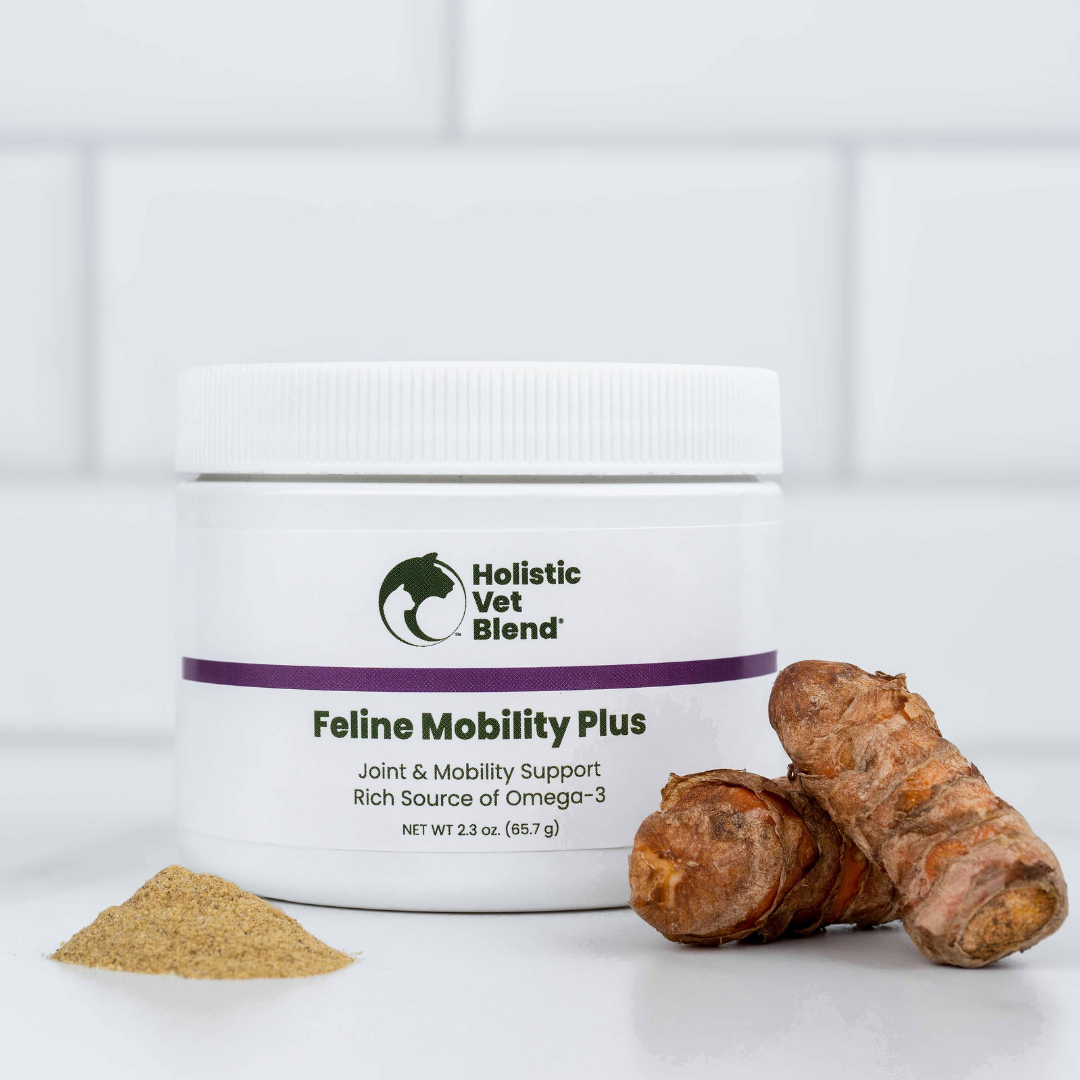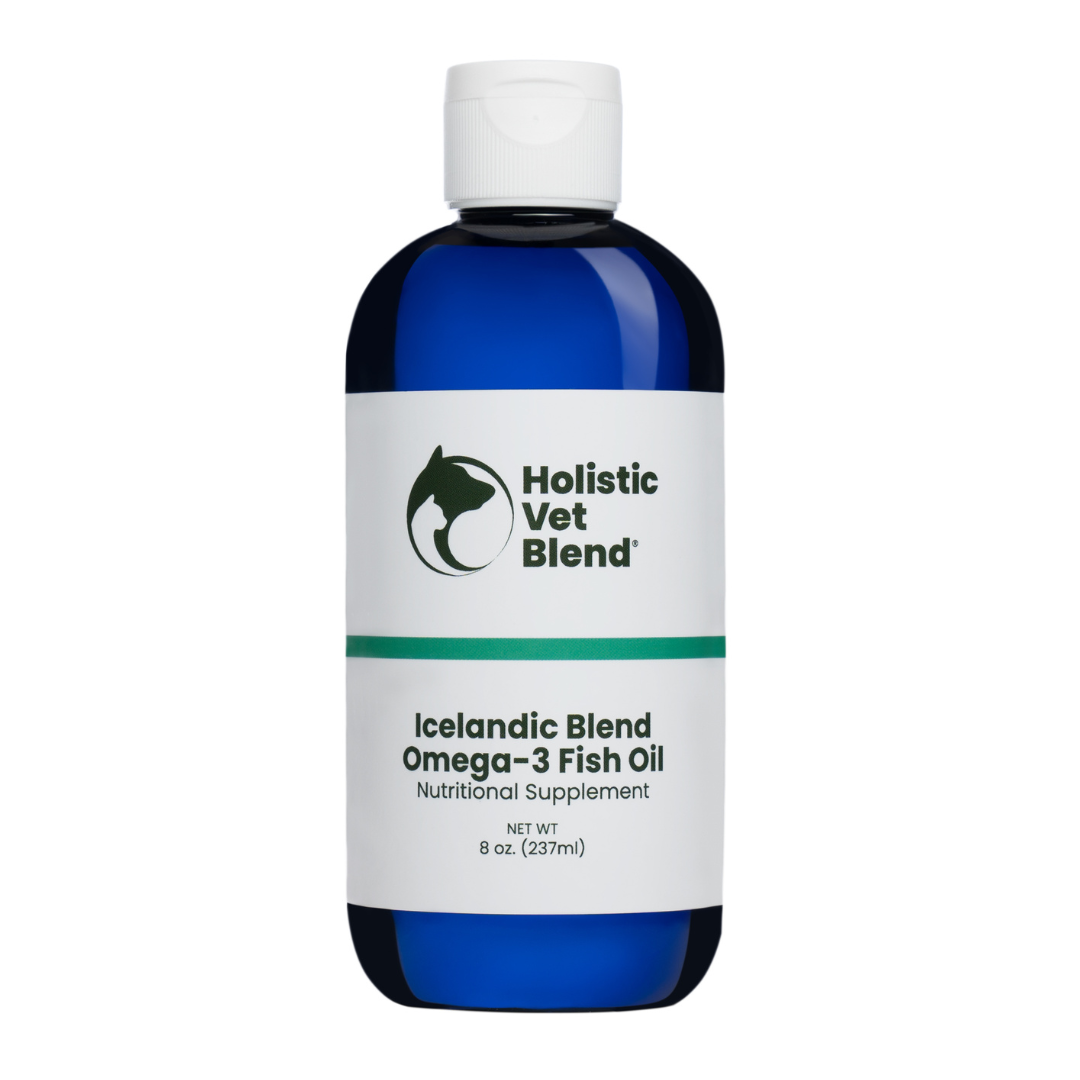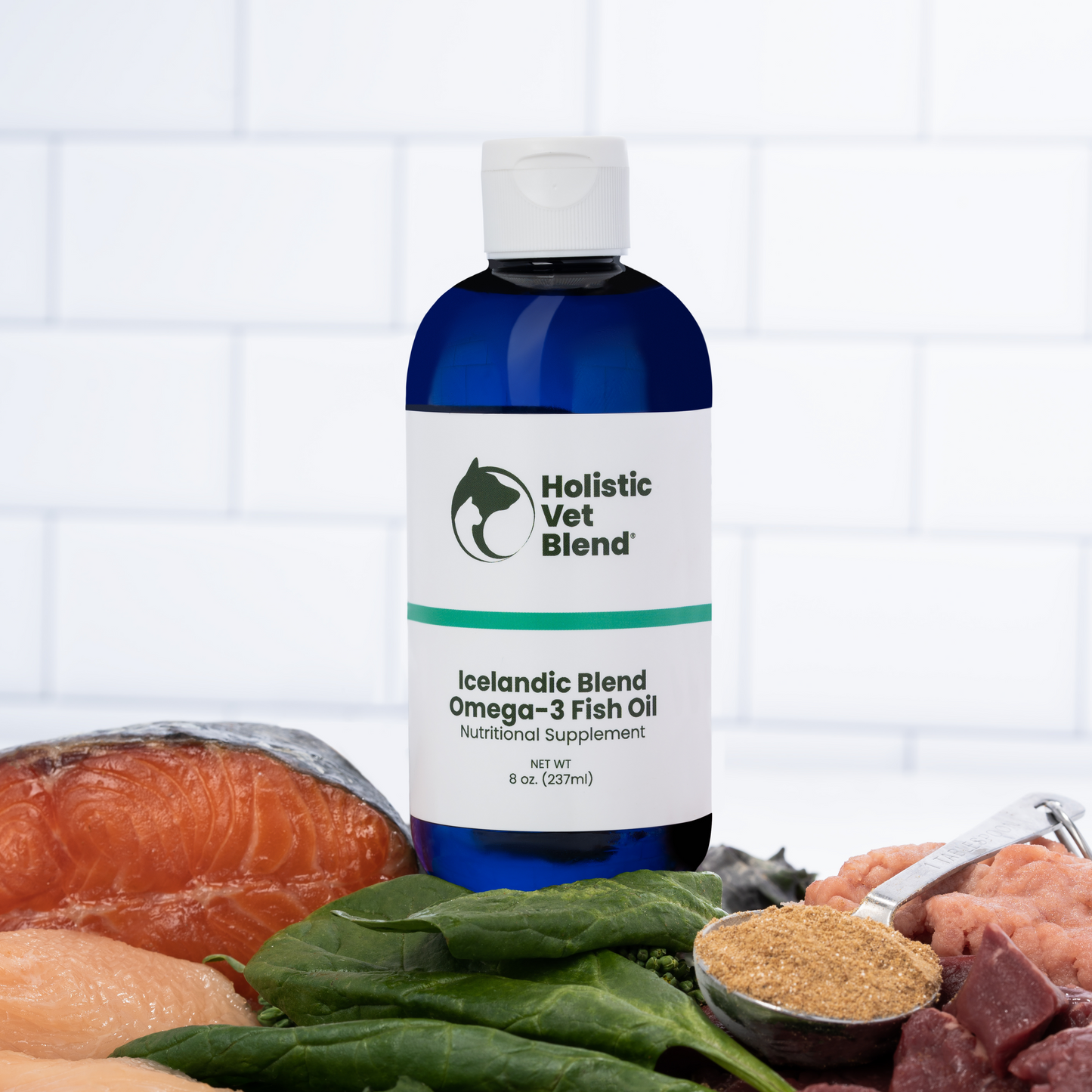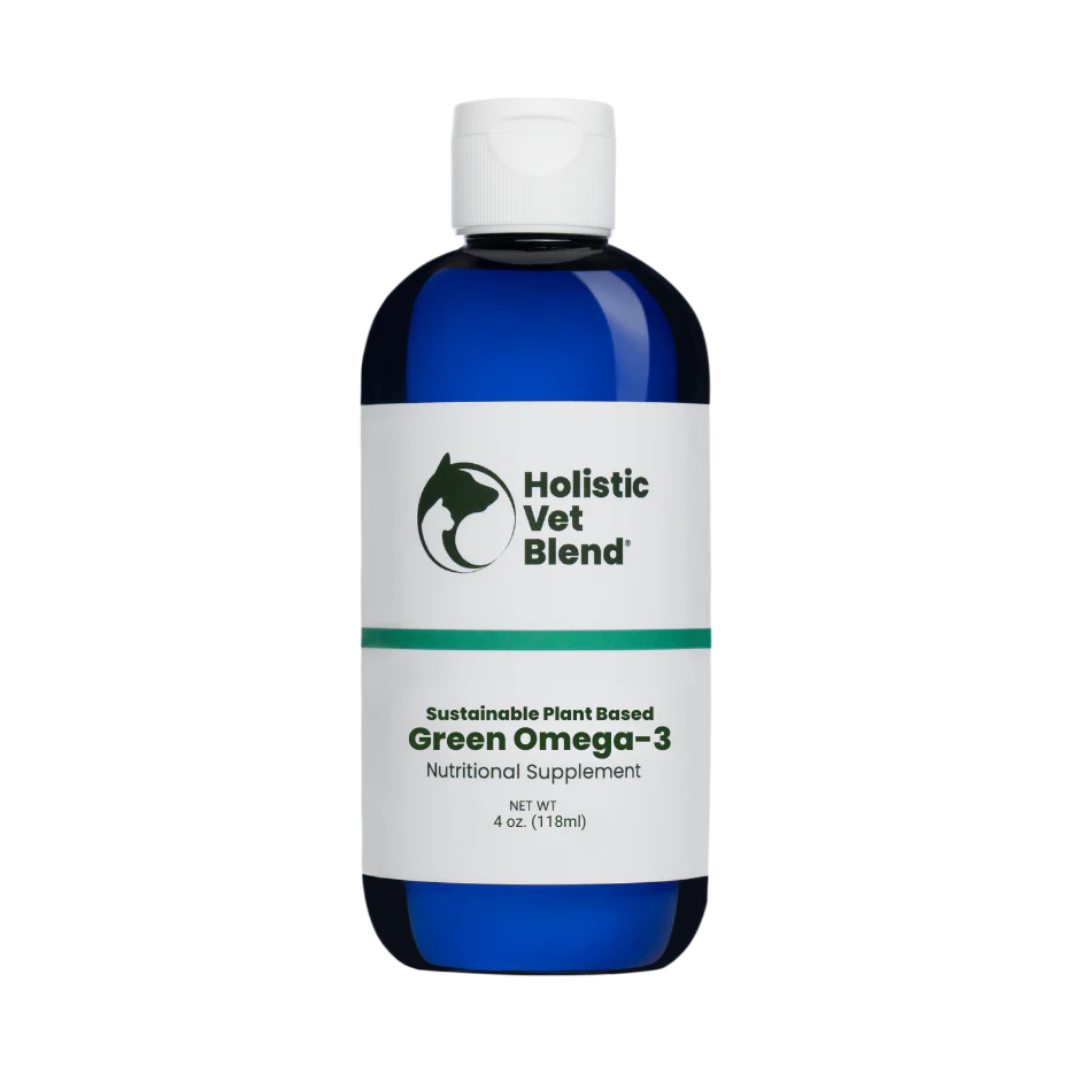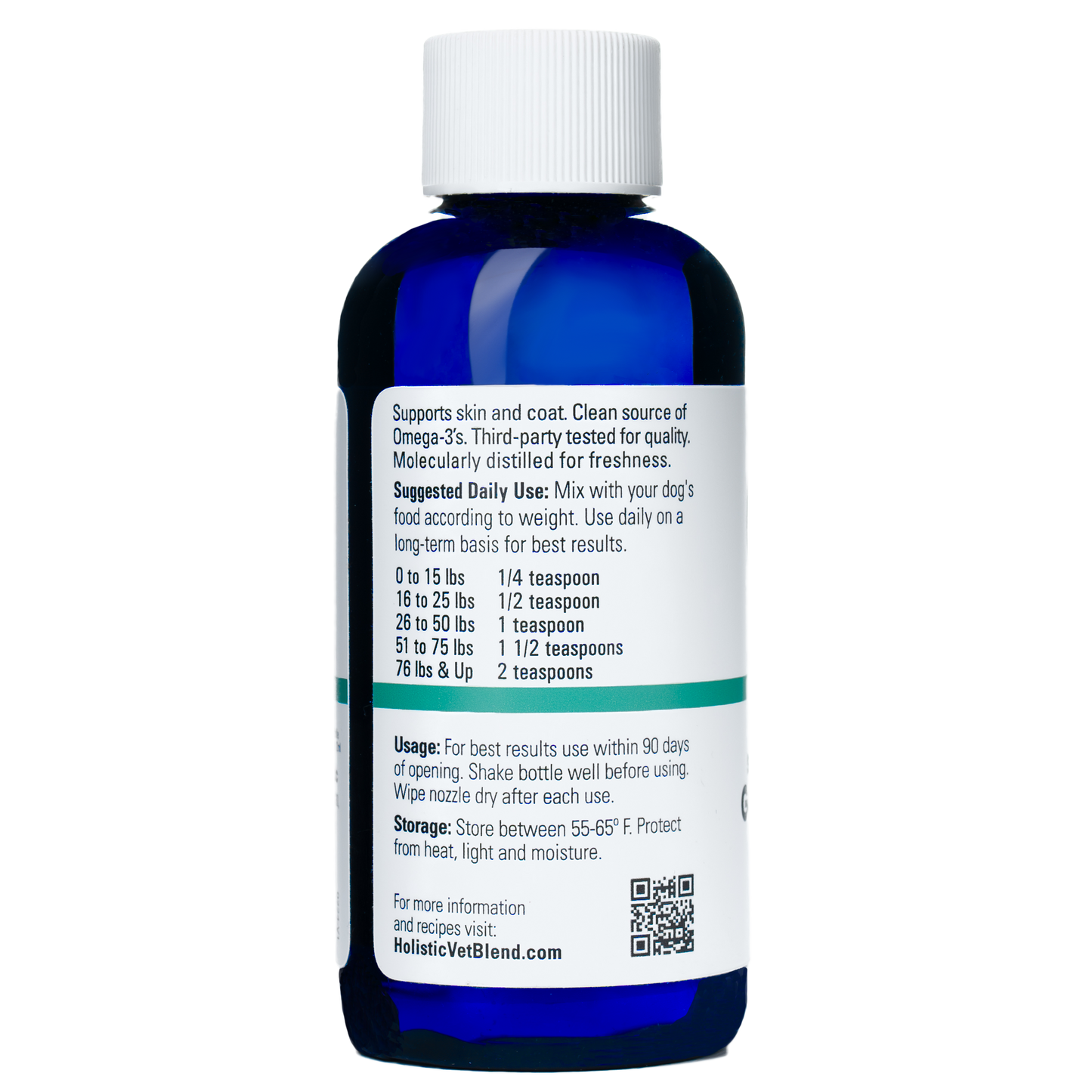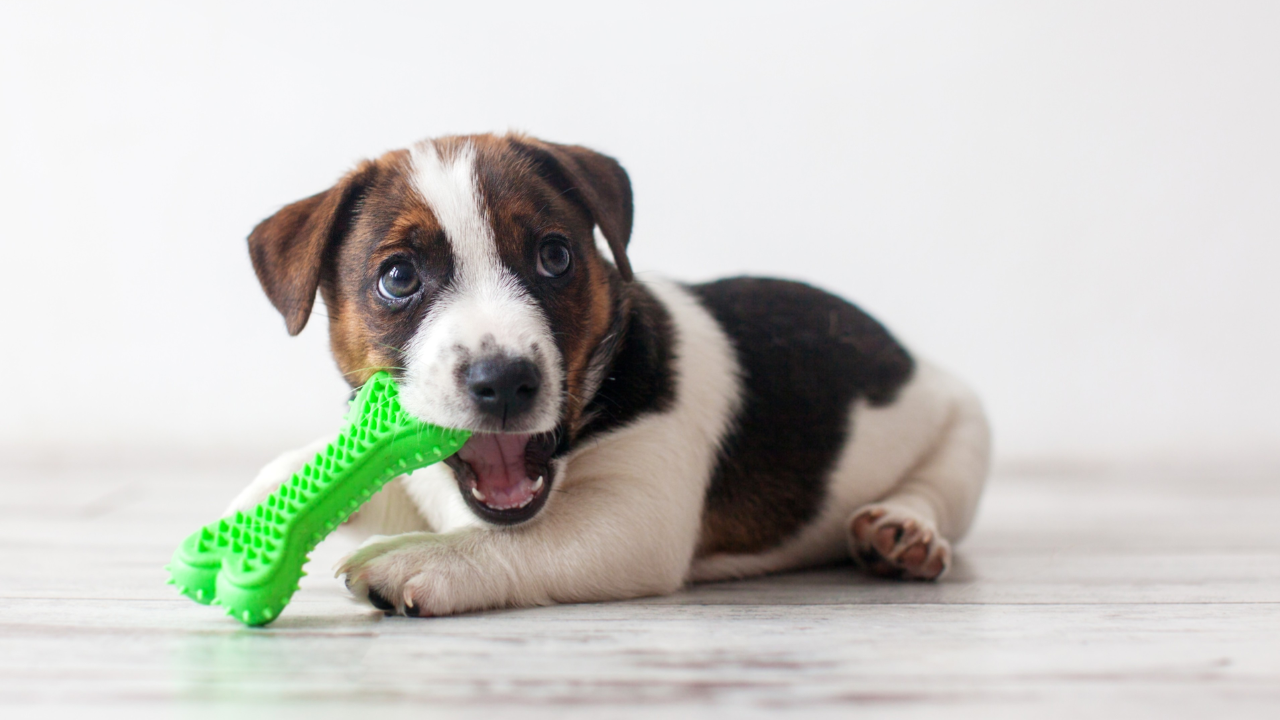
We often worry about air pollution or toxins in the environment, but what if the pollution is already inside our homes, our bodies, and even our pets? Microplastics – tiny fragments shed from plastic products – have quietly infiltrated our food, water, and air. This means every day, you and your furry friends could be consuming or breathing in bits of plastic without even knowing it. Far from being “someone else’s problem,” plastic pollution has become a personal health issue for all of us. It’s also a vivid example of how closely linked our health is with the health of animals and the environment – a principle scientists call One Health.
Imagine eating 12 plastic shopping bags a year. It sounds crazy, but research shows that the average adult may indeed ingest up to 150,000 microplastic particles annually – roughly the equivalent of consuming 12 bags’ worth of plastic. These particles originate from sources such as food packaging, bottles, and even household dust, and they don’t pass through harmlessly. Studies have found microplastics lodged in human tissues and organs, including the lungs, placenta, and even the brain. If microplastics are building up in our bodies, it’s no surprise they’re also affecting our pets and wildlife in similar ways. This is why experts urge us to pay attention: the threat of plastics is not abstract or distant – it’s in our kitchen, in our bloodstream, and in our pets’ food bowl.
One Health: Connecting People, Pets, and Planet
The One Health concept is a unifying approach that recognizes the interconnectedness of the health of humans, animals, and the environment. In other words, what harms one can eventually harm all. Microplastics are a perfect example of this interconnectedness. Plastic debris in the environment breaks down into microscopic pieces that make their way into soil and water, are ingested by animals, and ultimately return to us through the food chain. A recent 2025 scientific review highlights how microplastic exposure disrupts the microbiomes (the communities of beneficial microbes) in humans, animals, and even in soil and oceans – underlining the One Health perspective that our well-being is tied to the world around us. For instance, ingesting microplastics has been shown to alter the balance of the gut microbiota, leading to problems such as intestinal inflammation and metabolic disorders. When the tiny organisms in our guts are disturbed by plastic, it can ripple out to affect nutrition, immunity, and disease in larger organisms. In short, the microplastics problem links us all, and protecting one aspect of health (say, your pet’s health) also means protecting human health and the environment.
Where is most of the plastic coming from?
Plastic pollution originates from numerous everyday sources, extending beyond pet food packaging—such as disposable water bottles, Styrofoam takeout containers, and single-use grocery bags. Pet food packaging alone generates significant waste; approximately 300 million pounds of plastic pet food and treat packaging is produced annually in the United States, and it's estimated that less than 10% of it ever gets recycled. Globally, only about 9% of all plastic waste is recycled, meaning the vast majority ends up in landfills, oceans, and our environment. Even common household tasks contribute to plastic exposure: one study showed that simply chopping carrots on a plastic cutting board could produce up to 50 grams of microplastics per year—about the weight of ten credit cards. Opening plastic bottle caps or tearing open plastic packaging similarly releases microscopic plastic fragments that can easily make their way into your food and beverages, posing potential health risks over time.
What are microplastics?
Microplastics are generally defined as plastic particles less than 5 millimeters in size – from the width of a pencil eraser down to microscopic specks. Some microplastics are formed when larger plastic items (like bags, bottles, or Styrofoam cups) break down into smaller fragments over time.
Hidden Hazards to Human Health
Microplastics in our diet and environment aren’t just gross to think about – emerging evidence suggests they pose real health risks. Once inside the body, these plastic particles can cause physical and chemical damage. They’ve been found lodged in vital organs and tissues: scientists have detected microplastics in human lung tissue, in liver and kidney samples, and in placentas from newborn babies, and even in our brains.
What can all this plastic do to our bodies? For one, many plastics carry toxic additives. Microplastic particles often contain or adsorb endocrine-disrupting chemicals (EDCs) – compounds like bisphenol A (BPA), phthalates, and others that interfere with hormones. These substances can leach out of plastics and into our bloodstream or organs, where they mimic or block natural hormones. Research has shown that such chemicals can affect key endocrine glands (thyroid, ovaries, testes, etc.), upsetting the body’s hormonal balance. In laboratory studies, microplastics and their leached additives have been linked to problems such as reduced fertility, developmental abnormalities, and certain cancers. They can bind to hormone receptors and disrupt normal signaling, which is particularly concerning for pregnant women and children whose developmental processes depend on precise hormonal regulation.
Microplastics may also increase cardiovascular risk and other chronic conditions. Some studies have linked higher microplastic exposure to increased oxidative stress in the body – essentially, cellular damage caused by reactive oxygen species – which, in turn, can contribute to inflammation and heart disease. An analysis by the Environmental Working Group (EWG) noted links between microplastic exposure and a greater risk of strokes or heart attacks.
How are pets exposed to microplastics?
If you have a pet at home, they are likely ingesting and inhaling microplastics right alongside you. In some ways, pets may be even more vulnerable because of their behaviors. Dogs and cats spend a lot of time on the floor (where household dust, full of microfibers from carpets and fabrics, accumulates), and they love to chew on things.
Pets encounter plastics throughout their daily routines. Consider a typical day for a dog or cat and the potential plastic exposures:
- Plastic toys and chewables: About 83% of dog owners buy inedible plastic toys for their pets. When a dog gnaws on a vinyl squeaky toy or a tennis ball with a plastic outer layer, they may be ingesting phthalates or BPA (chemicals used to make plastic flexible) that leach out from the toy into its mouth. These chemicals can be absorbed directly through the gums or be swallowed. Over time, such exposure can disrupt a pet’s hormones, just as it can in humans. In fact, phthalates are known to potentially affect reproduction and development, and BPA is linked to hormone-related cancers and heart problems in mammals. With no regulations on pet toy safety, manufacturers can use any mix of plastics and chemicals, meaning your pet’s favorite chew toy could be a source of hidden toxins.
- Food bowls and water containers: Many pet owners use plastic bowls for food and water because they’re cheap and lightweight. However, plastic bowls can leach chemicals, especially if they contain BPA or other additives. Warm kibble or water can draw out these chemicals into what your pet consumes.
- Pet food packaging: Making your own pet food and treats can reduce waste.
- Miscellaneous sources: Think of other ways pets interact with plastics – a cat batting at a foam packing peanut, a dog licking food off a disposable plastic plate, or pets drinking rainwater that has passed over plastic turf or decking. Polystyrene foam (Styrofoam), in particular, can break into small crumbs that pets might ingest. Additionally, indoor pets inhale the same microplastic-laden dust that we do. Studies have found that flame-retardant plastic chemicals used in carpets and couches are present at high levels in the blood of dogs and cats, likely due to inhaling or licking dust off their fur. So, whether they’re inside or out, pets live in the same plastic world that we do.
Health effects on pets: While research on pets is still emerging, there are worrying parallels to human health. The chemicals leaching from plastics have been linked to issues in pets such as liver and kidney damage, infertility, and certain cancers.
The bottom line is that our pets depend on us to make safe choices for them. And as one recent report put it, the findings about plastics and pet health “are enough to keep any pet parent up at night”. The good news is that there are steps we can take to protect both our pets and ourselves from excessive plastic exposure.
How to Reduce Plastic Exposure (For You and Your Pets)
Completely eliminating plastic from our lives is nearly impossible in today’s world, but small steps can greatly reduce you and your pet’s microplastic exposure. By making conscious choices in our homes, we not only protect our own health but also create demand for safer products and ultimately reduce pollution.
Here are some practical strategies:
Swap Plastic Bowls and Containers
Ditch plastic pet bowls in favor of stainless steel or glass. This avoids leaching of chemicals like BPA into your pet’s food and water. Some pets develop allergic reactions on their chin and lips from plastic food bowls and water containers, leading to acne or irritation. Stainless steel or ceramic bowls are recommended alternatives precisely because they don’t pose these risks.
Don't Heat Food in Plastic
If you must use plastic, ensure it’s labeled food-grade and BPA-free, and replace it if you see scratches or wear.
Switch to Wood or Glass Cutting Boards
As noted, plastic cutting boards can be a surprisingly large source of microplastic bits. Opt for cutting boards made of wood or bamboo (which are durable and naturally antimicrobial) or use tempered glass or metal surfaces. These materials won’t shed microscopic fragments every time you slice bread or chop veggies.
Re-think Bottled Water
Many studies have found that bottled water contains microplastics. Instead of buying water in disposable plastic, use a water filter at home and fill a reusable bottle (preferably made of stainless steel or glass). Not only will you reduce plastic ingestion, you’ll also cut down on plastic waste. If you do need to buy bottled water, avoid exposing the bottles to heat or sunlight, which promotes the breakdown of the plastic.
Choose Safer Pet Toys
Look for dog toys made of natural materials like rubber, cotton, or hemp, rather than soft vinyl or plastic. Sturdy rubber chew toys (without plastic additives) can satisfy a dog’s urge to chew with far less chemical risk. Be wary of any toy with strong “plastic” or chemical odors – that can signal high levels of plasticizers. Also, inspect toys regularly and discard any with signs of tearing or degradation (to prevent your pet from swallowing pieces). Remember, as that pet plastics report found, most pet toys are unregulated, so a little vigilance goes a long way. When in doubt, ask your vet or look for brands that explicitly test for toxins.
Reduce Plastic Packaging in Pet Food
Whenever feasible, buy pet products in cans or bags that are free of BPA and other harmful chemicals. Some pet food brands now advertise BPA-free cans or use alternative packaging. For dry food, larger bags mean less total packaging surface relative to volume – or you can consider bulk bins (using your own container) if available. After opening, store pet food in airtight glass or metal bins instead of keeping it in plastic bags. Even better, you might transition to incorporating more fresh food or homemade meals for your pet (more on this below), which cuts down on canned/bagged food use altogether. One cat can ingest the equivalent of 60-90 pouches or cans in a single month.
Avoid Styrofoam and Single-Use Plastics
Don’t serve your pet’s food or water in Styrofoam or cheap single-use plastic dishes. These materials break apart easily and are not meant for repeated use. Similarly, try to minimize your use of plastic straws, utensils, and heating food in plastic wrap, as these can shed microplastics that you might ingest. Use silicone or cloth alternatives for things like stretch lids and food wraps, and paper or steel straws if needed.
By adopting these practices, you not only reduce the immediate exposure for you and your animals, but also send a message that unnecessary plastic use is unwelcome. Many of these changes (like using a filter and a reusable bottle, or switching out food containers) are one-time investments that continually pay off in reduced plastic consumption.
Conclusion: Protecting Our Pets and Planet, One Choice at a Time
Standing up to the tide of microplastics might feel overwhelming, but remember that small actions at home can ripple out to make a big difference. As pet owners and consumers, we hold the power to drive change through everyday decisions. Consider gradually transitioning to feeding your pet homemade food – not only can this improve their nutrition, but it also reduces the amount of plastic packaging waste from pouches and bags.
We all want a healthy future for ourselves and our beloved pets. Tackling plastic exposure is now a part of that mission. Let’s strive for a home (and planet) where our water is fresh, our food is pure, and our pets can chew their toys without harm. By embracing a One Health mindset – recognizing that human, animal, and environmental health are interconnected – we take responsibility not just for our well-being, but for the world we share. Each plastic-free habit we adopt is a step toward a healthier life for all creatures great and small. So the next time you fill your pet’s bowl or pour yourself a drink, take a moment to consider the ripple effect. With a few mindful changes, we can keep the conveniences of modern life while shedding some of its hidden plastics – making our homes safer and our planet greener, one small choice at a time.
